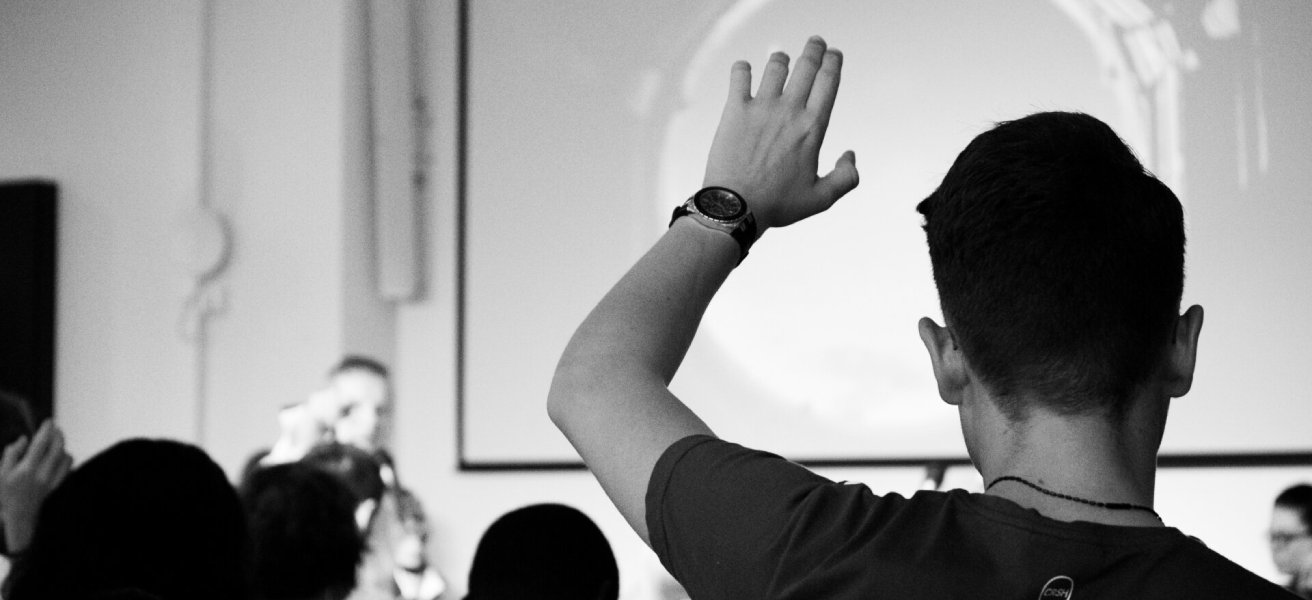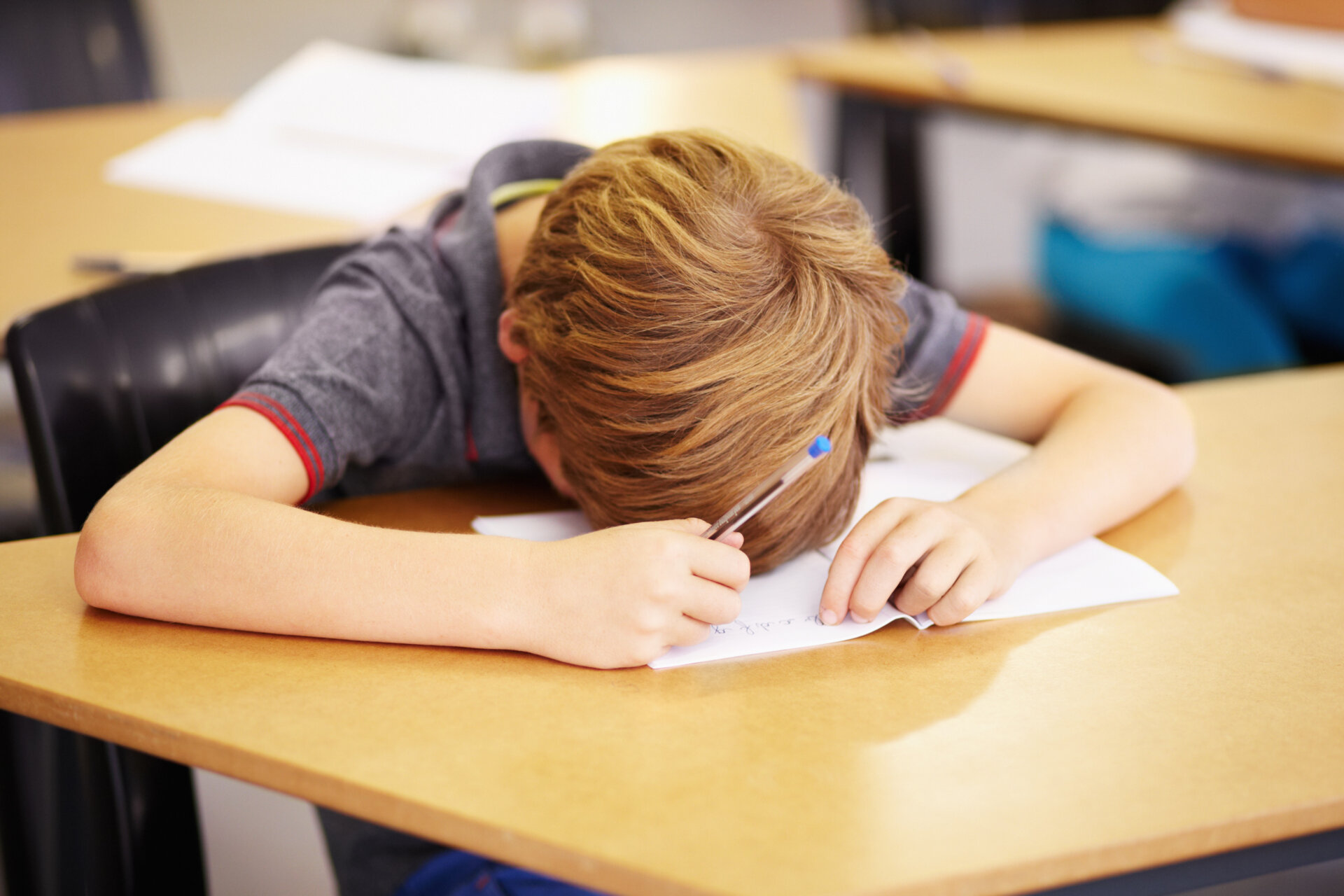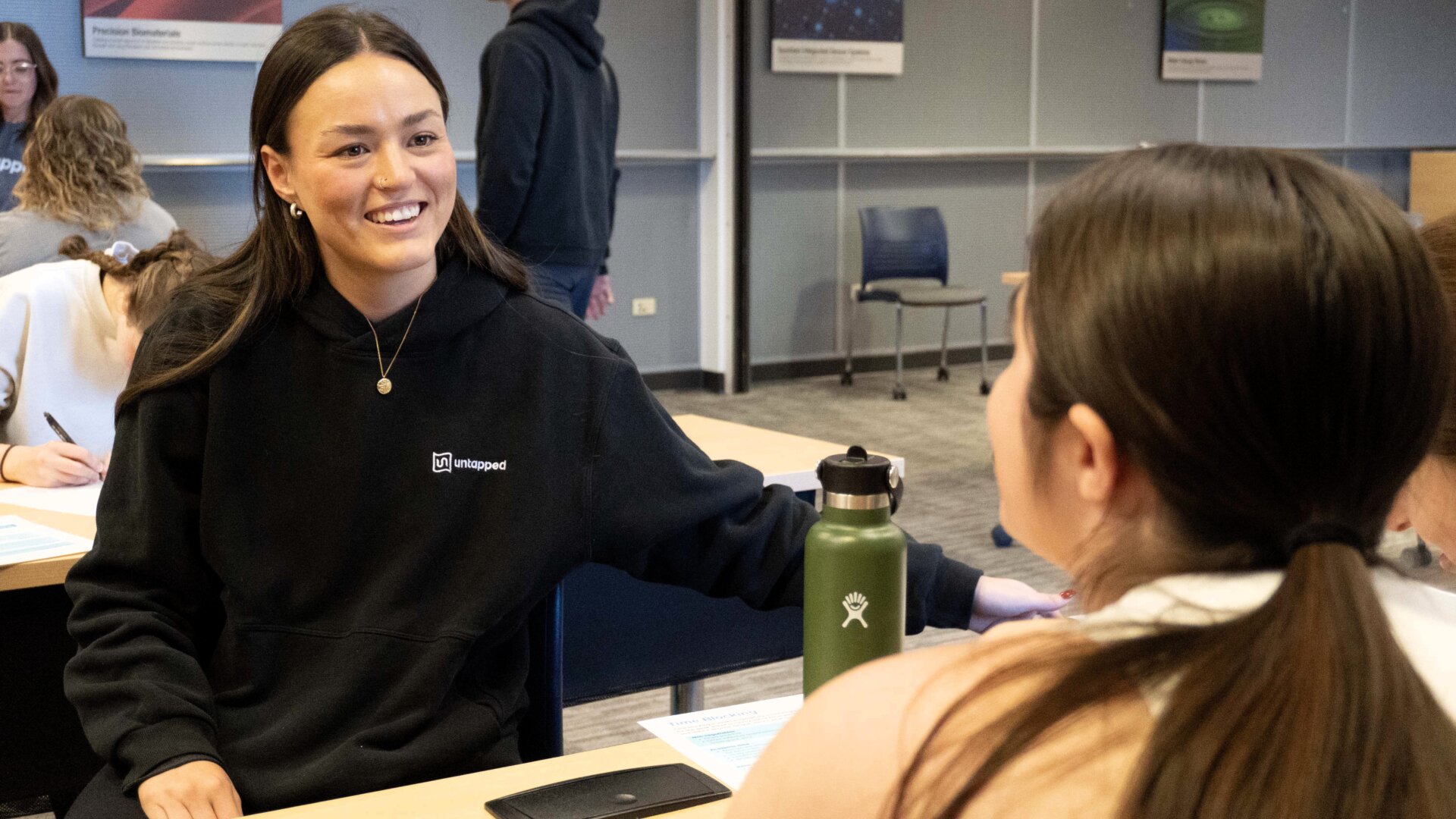Navigating the complexities of impulse control in students with executive function challenges requires a blend of expertise, patience, and a touch of humor. As parents and educators, we aim to help our children slow down and think before they act.
For children with executive function challenges, impulse control tends to lag years behind their peers. This undoubtedly affects their academic performance and social interactions and can drive their parents and teachers crazy.
This blog aims to show why impulse control can be particularly challenging for some students and provide effective strategies for parents and educators to offer support at home and in school.
Understanding Impulse Control
- Impulse control refers to thinking before acting and resisting the urge to say or do something inappropriate or risky.
- For students with ADHD or other executive function differences, impulse control can be more difficult due to variations in brain development and neurotransmitter activity.
- These differences can make it harder for them to pause and consider the consequences of their actions.
Strategies for Parents at Home
Parents can play a significant role in helping children develop better impulse control. Strategies include:
- Set Clear Expectations: Communicate household rules and expectations regarding behavior. When children understand the rules, they are more likely to exercise self-control.
- Create visual reminders or charts to help your child remember rules and expectations. Visual aids can be especially helpful for younger children.
- Celebrate Small Wins: Acknowledge and reward positive behavior when your child demonstrates good impulse control.
- The goal is several positive reinforcements for each negative comment. Think, “2 pats on the back and 1 kick in the tail.”
- Be a Mirror to Their Behaviors: Encourage your child to think through problems and solutions before acting impulsively. Students with executive function deficits struggle with self-assessment and need a mirror to learn from behaviors.
- Ask questions like, “What could you do instead?” or “How can you handle this situation differently?”
- Breathing Exercises: Teach your child deep breathing techniques to help them manage strong emotions and calm down before reacting impulsively.
- Examples of Breathing exercises can be found here.
- Model Self-Control: Children often learn by observing their parents. Be a positive role model by demonstrating self-control and effectively managing your impulses.
- Remember that our kids don’t always listen to what we say but watch what we do.
- Encourage Delayed Gratification: Introduce activities or games that require patience and delayed gratification, such as puzzles, building projects, or growing a plant from a seed.
- See the infamous Marshmellow Experiment.

Improving Impulse Control Techniques for Educators
Educators can implement various strategies in the classroom to help students with impulse control issues:
Incorporate Movement and Breaks into the Classroom Routine
- Exercise has been shown to benefit students, especially those who are neurodiverse. It aids in learning, sharpens focus, and reduces stress and anxiety.
- Teachers can incorporate movement into classroom routines to significantly improve students’ focus and overall well-being. This could include short physical activities or brain breaks during the day.
Establish Clear Routines and Expectations
- Creating and maintaining consistent routines in the classroom can help students develop self-regulation skills. Consistent routines help form habits that eventually become second nature to students.
- This approach is particularly effective for students who struggle to control their impulses. Over time, these routines will help students manage their time, focus better, and lower stress in the classroom.
Diverse Instructional Strategies:
- Implementing active learning and engaging material in lesson plans can capture students’ attention more effectively. Giving directions and assignments through multiple modalities, such as visual and verbal, caters to different learning styles and helps maintain students’ focus.
- Teachers should collaborate with school counselors, special education teachers, or interventionists to create a more supportive learning environment, such as scheduling physical education classes in the morning or providing a quiet testing environment.
Collaborative Support System:
Building skills around impulse control is a collaborative effort between parents, educators, and the student. Open communication on progress and challenges and a mutual understanding of the student’s needs is essential for effective support.
While impulse control can be challenging for students with executive function differences, they can develop the skills they need to succeed with the right strategies and support. Consistent application of these strategies, understanding of individual needs, and collaborative efforts between home and school can lead to significant improvements.
As always, working with students with impulse challenges can be exhausting. Please have a self-care routine, and you are making a difference in the lives of these students.
Parenting a child who struggles with executive function can be overwhelming, but you don’t have to navigate this journey alone. Let Untapped help!
For More:
Impulse Control Techniques that Work
Impulse Control- Strategies for Students with ADHD
Positive Reinforcement for Kids
Breathing activities for kids for self-regulation





